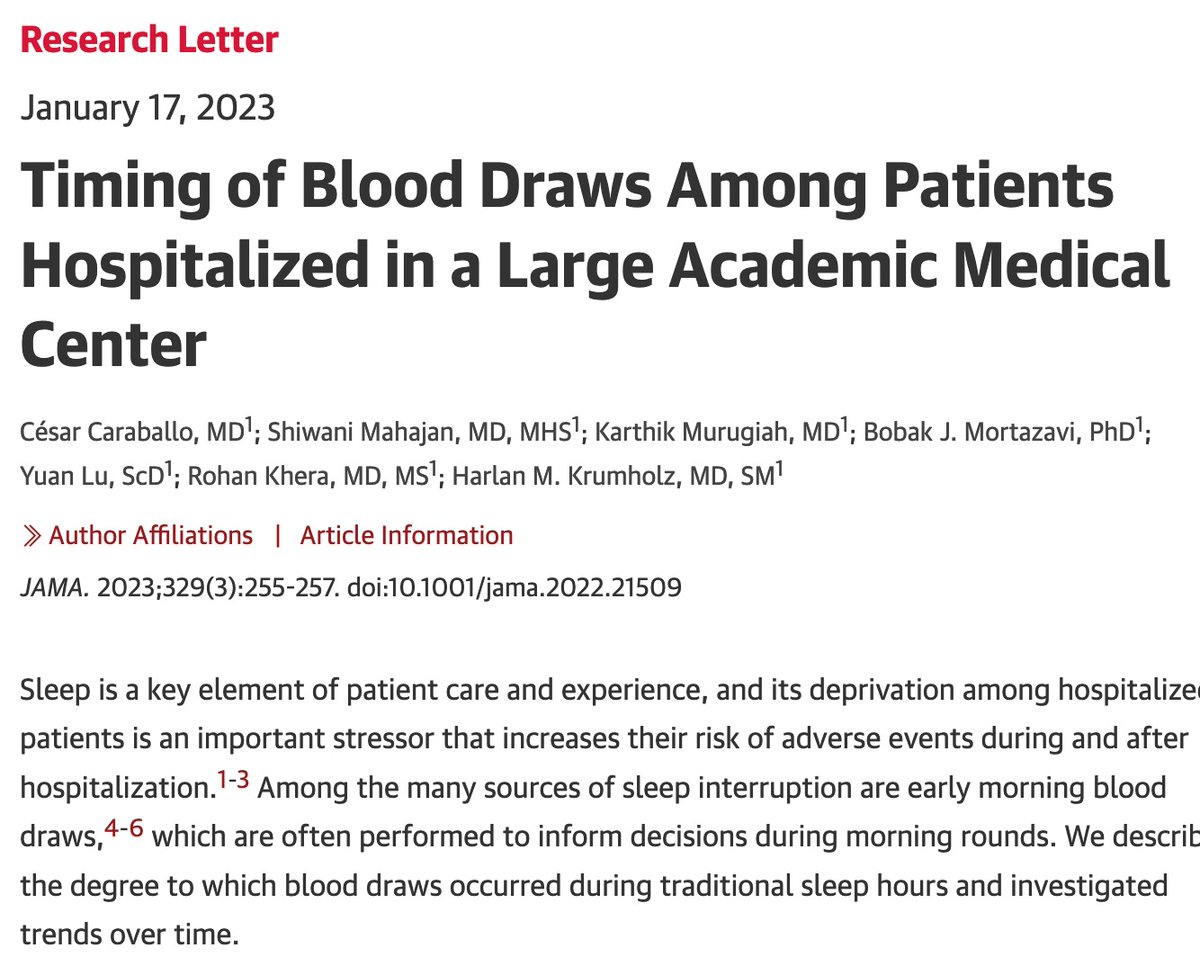Today sharing my views on #ISCHEMIA trial @bmj_latest; the trial is post-presentation and prepublication. I talk about what we can take away so far. blogs.bmj.com/bmj/2020/01/07… 

@bmj_latest One of my points about #ISCHEMIA trial is that, since they presented pre-peer review information publicly to with broad media dissemination, would have been nice to #preprint what they had at the time, to archive it, enable it to be cited in the meantime. @medrxivpreprint
@bmj_latest @medrxivpreprint Another point, #ISCHEMIA trial outcomes results same in 2 arms was expected…but what about quality of life findings. Eager anticipation for the quality of life papers. Secondary endpoint. Unblinded trial. No effect in CKD. But provocative in non-CKD. Lots to discuss/debate.
• • •
Missing some Tweet in this thread? You can try to
force a refresh
















